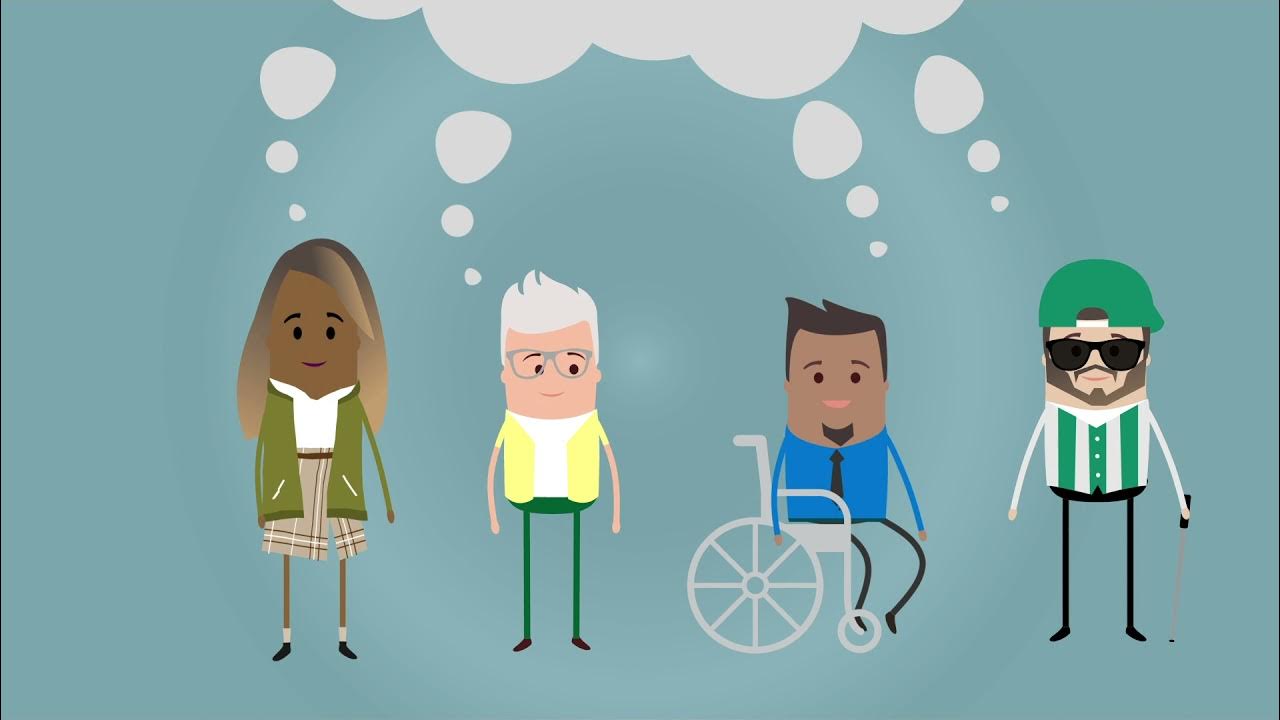Field Study 1: Learning Episode 3
Summary
TLDRThis learning episode focuses on diversity and inclusivity in education, highlighting the importance of recognizing individual differences among learners, such as gender, race, culture, and socio-economic status. The lecture emphasizes the need for future educators to observe various classroom dynamics, analyze teaching practices, and adapt their approaches to meet the diverse needs of students, including those with disabilities and from Indigenous communities. By understanding these differences, educators can foster a more inclusive environment, ultimately enhancing learning outcomes for all students.
Takeaways
- 😀 This lecture series is based on Dr. Lucas's book and focuses on diversity and inclusivity in education.
- 📚 Learning Episode 3 emphasizes the importance of understanding individual differences among learners, including gender, race, and socioeconomic status.
- 🌍 Teachers must adapt their teaching strategies to meet the diverse needs of students in their classrooms.
- 👩🏫 Classroom observations are crucial for recognizing the varying backgrounds and abilities of students.
- 🔍 Teachers should interview resource teachers to gain insights into effective practices for managing diversity.
- 🧠 Special education programs and differentiated teaching strategies can help address the needs of students with disabilities and gifted learners.
- 💡 Understanding individual differences is essential for fostering positive interactions and engagement among students.
- 🎓 The final learning artifact requires the development of strategies to promote inclusivity and address diversity in future teaching.
- 📊 Teachers should reflect on their observations and experiences to improve their approaches to teaching diverse learners.
- 🤝 Embracing diversity and inclusivity is vital for creating an equitable learning environment where all students can succeed.
Q & A
What is the main focus of Learning Episode 3?
-Learning Episode 3 focuses on diversity and inclusivity in the classroom, specifically examining individual differences such as gender, race, culture, socio-economic status, and learning abilities.
Why is it important for educators to understand individual differences?
-Understanding individual differences allows educators to tailor their teaching strategies to meet the diverse needs of their students, enhancing learning outcomes for all.
What are some factors that contribute to diversity in a classroom?
-Factors include gender, race, culture, religion, socio-economic status, learning abilities, and experiences of the students.
What should teachers consider when creating lesson plans for diverse learners?
-Teachers should consider the varying backgrounds, strengths, and needs of students, ensuring that lesson plans are adaptable to both high achievers and those who may struggle academically.
What types of special programs are mentioned in the transcript?
-The transcript mentions special programs for science, technology, engineering, sports, arts, and journalism that cater to different learner needs.
What activities are suggested for observing diversity in classrooms?
-Activities include observing classes with various time frames, interviewing resource teachers about their practices, and writing observation reports on learners' characteristics and interactions.
How can teachers address gender-related issues in the classroom?
-Teachers can address gender-related issues by implementing inclusive practices and being aware of how gender dynamics affect student interactions and learning.
What is the role of observation in this learning episode?
-Observation allows future educators to analyze and reflect on the diversity present in classrooms, providing insights into how to effectively address the needs of diverse learners.
What outcomes are expected from the learning episode?
-Participants are expected to describe learner characteristics, identify needs across different ability levels, and reflect on best practices in differentiated teaching.
What is the significance of including Indigenous Peoples in classroom considerations?
-Including Indigenous Peoples acknowledges their unique cultural and educational needs, promoting inclusivity and respect for diverse backgrounds in educational settings.
Outlines

Cette section est réservée aux utilisateurs payants. Améliorez votre compte pour accéder à cette section.
Améliorer maintenantMindmap

Cette section est réservée aux utilisateurs payants. Améliorez votre compte pour accéder à cette section.
Améliorer maintenantKeywords

Cette section est réservée aux utilisateurs payants. Améliorez votre compte pour accéder à cette section.
Améliorer maintenantHighlights

Cette section est réservée aux utilisateurs payants. Améliorez votre compte pour accéder à cette section.
Améliorer maintenantTranscripts

Cette section est réservée aux utilisateurs payants. Améliorez votre compte pour accéder à cette section.
Améliorer maintenantVoir Plus de Vidéos Connexes

Harmoni Dalam Keberagaman Masyarakat Indonesia || PPKn BAB 5 Kelas 9

DEI - Overview of Diversity, Equity, and Inclusion

BENTUK-BENTUK STRUKTUR SOSIAL DALAM MASYARAKAT | MATERI SOSIOLOGI KELAS 11

‘Stratification’ Theory Tackles the Racial Blindspots of Orthodox Economics

Faktor Pendorong dan Penghambat Mobilitas Sosial dan Contohnya || IPS Kelas 8

What Is Social Justice?
5.0 / 5 (0 votes)
